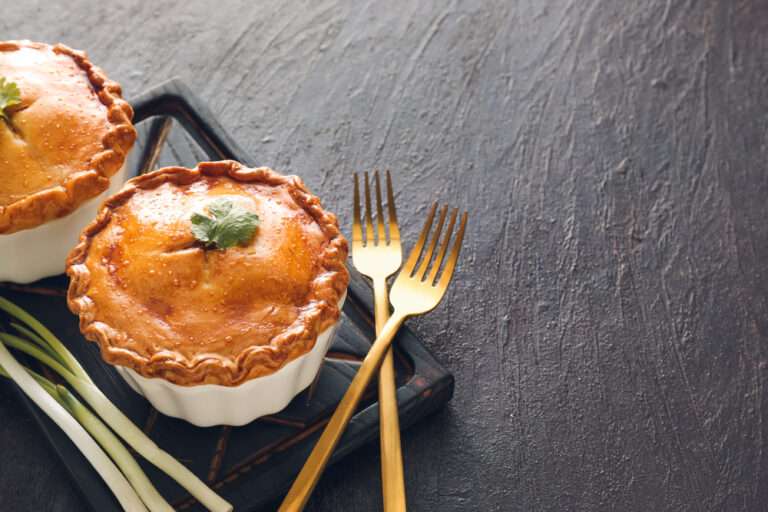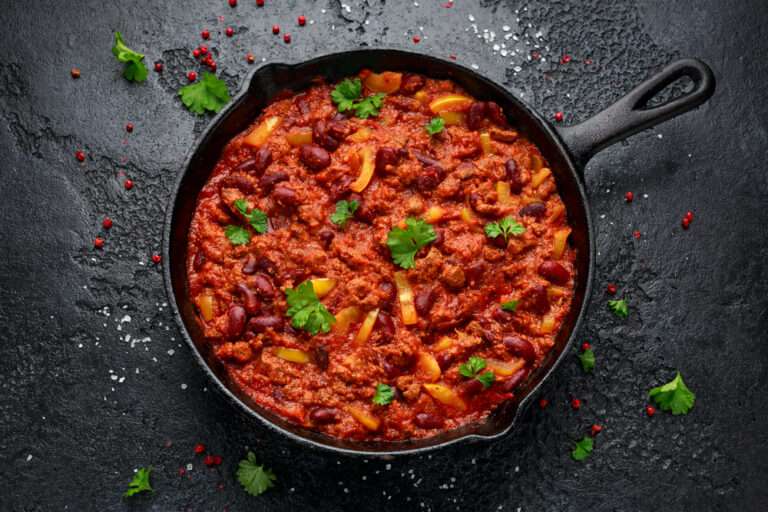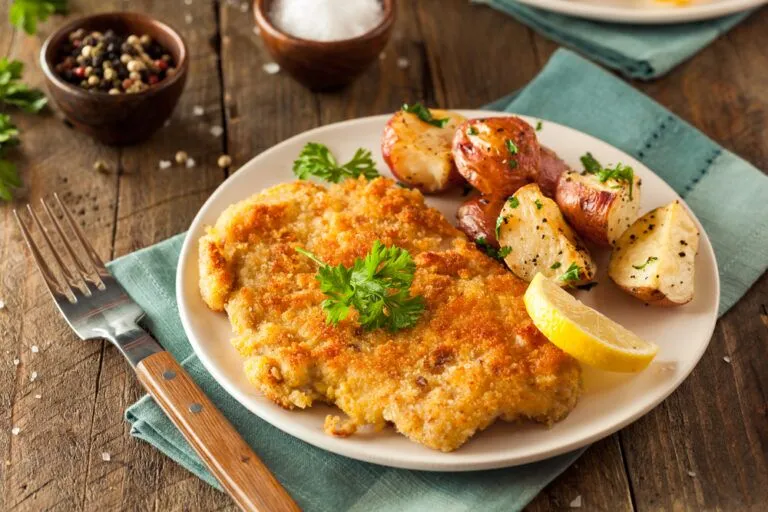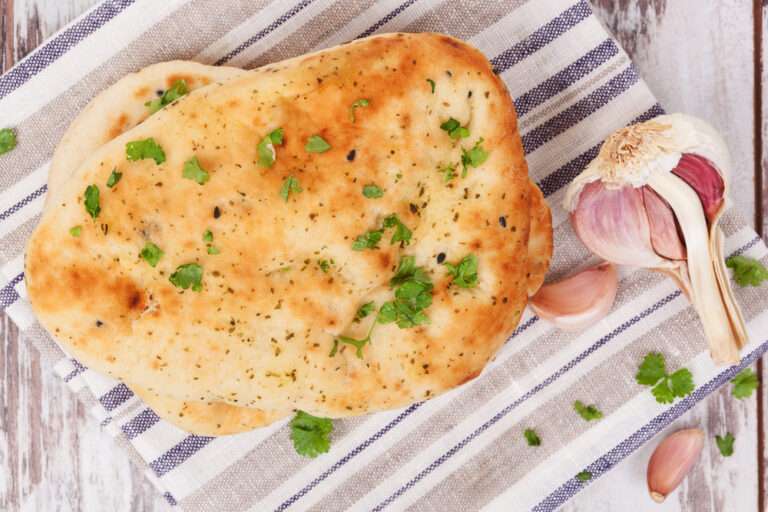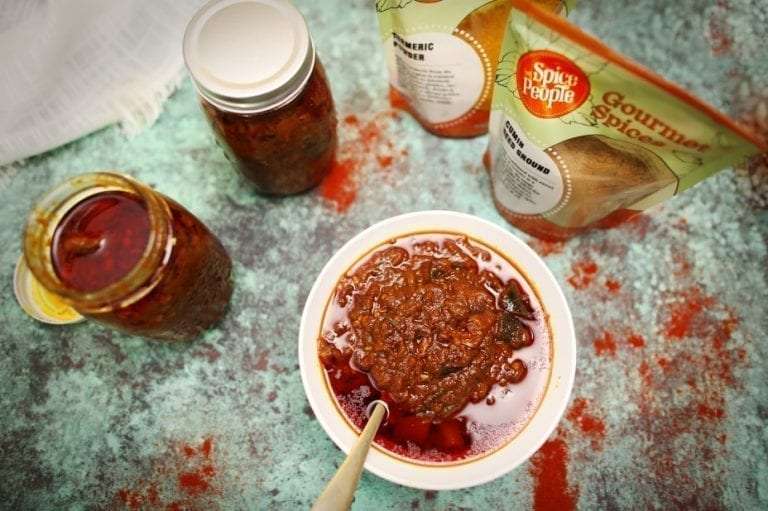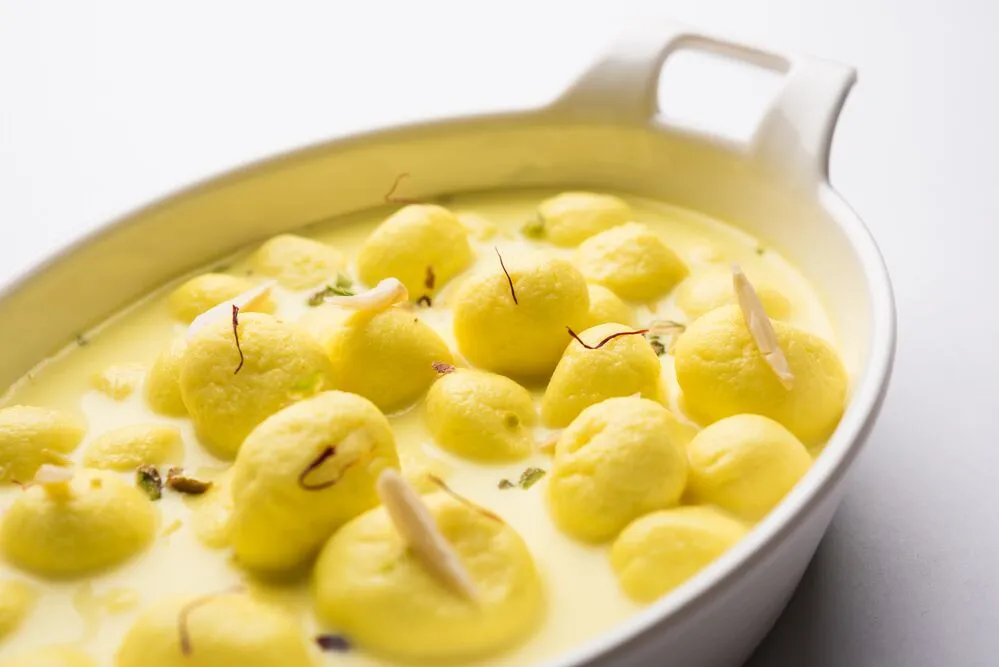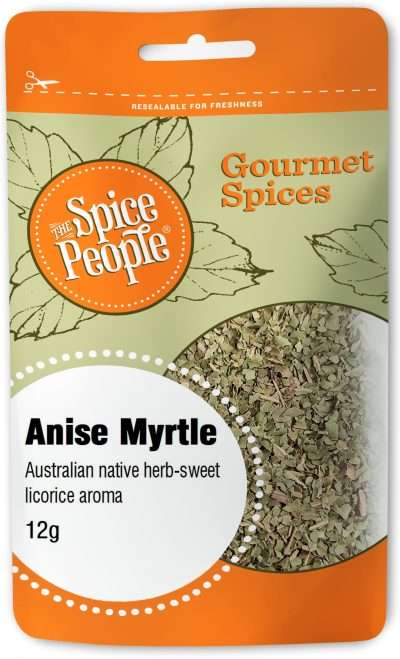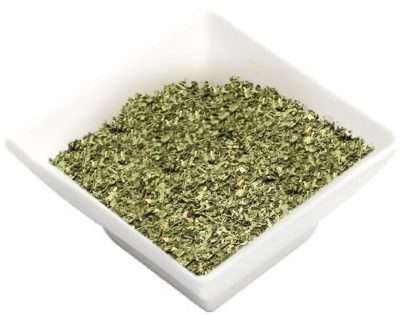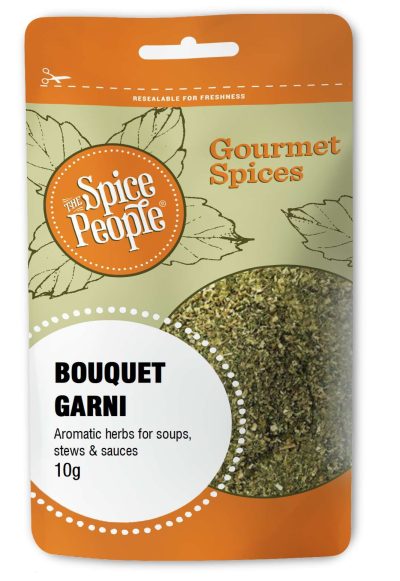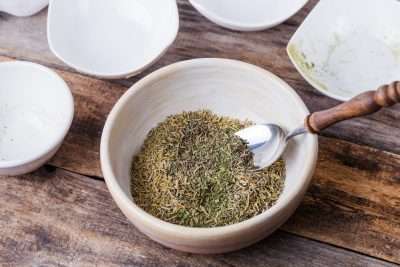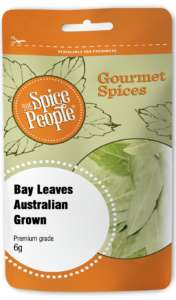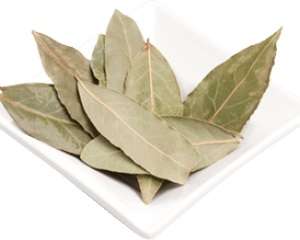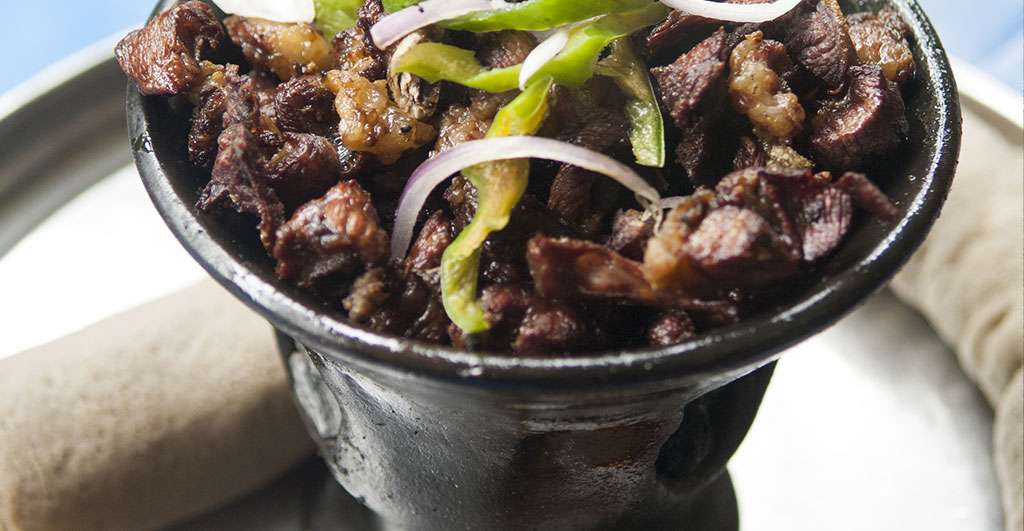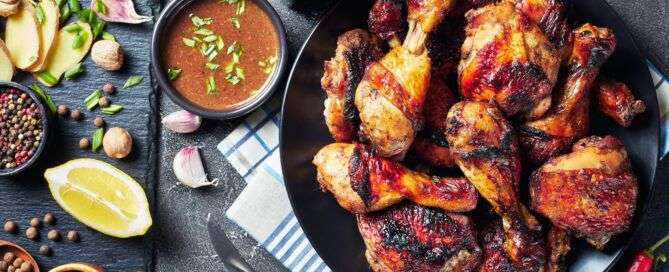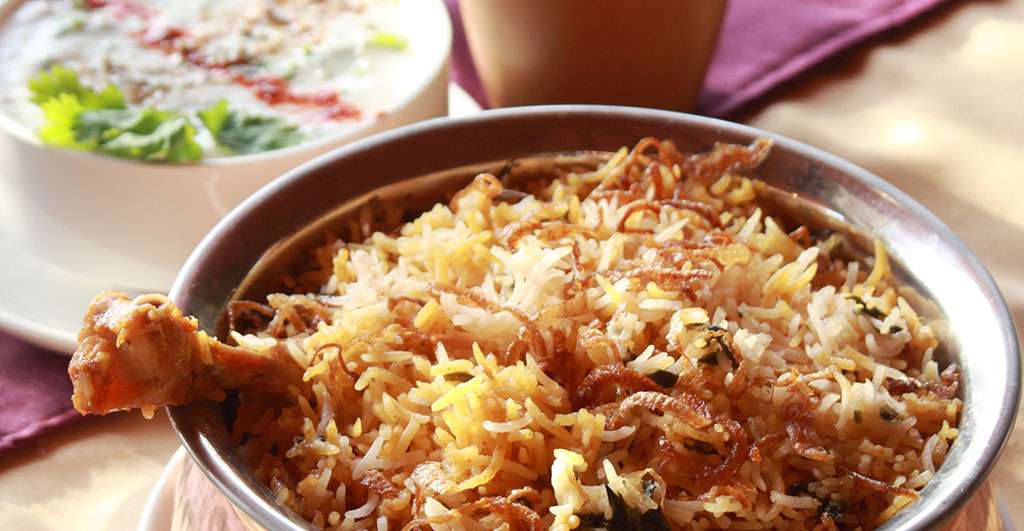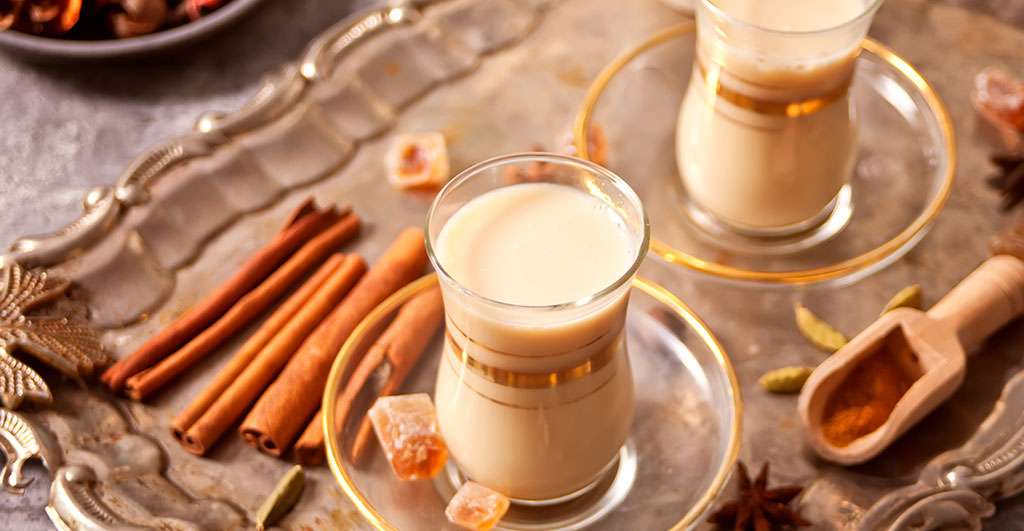Hibiscus Flowers – 12g
33 in stock
Product description
Hibiscus is a small flowering plant, which grows in tropical regions. The flowers are colourful and trumpet shaped. Dried petals are bright pink and have a sweet and pomegranate like flavour.
Flavour Notes:
A stunning flowering plant grown in tropical regions, the trumpet-shaped blooms of a hibiscus tree have a delicate, sweet flavour that’s delicious in baked goods, desserts and teas. Hibiscus Flowers come in a range of varieties and colours, the pink hibiscus are best suited to using in cooking, with a subtle flavour that’s akin to pomegranate. The petals are harvested from the flower and dried to lock in flavour and preserve. Use whole in syrups and teas or chop finely for incorporating into desserts and baked goods.
Culinary Notes:
With a sweet pomegranate-like flavour, dried Hibiscus Flowers add a fruity, floral flavour and beautiful pink hue to sweet dishes, teas and cocktails, or used as a finishing garnish on cakes and even couscous or salads. To soften, rehydrate in warm water before using or simply chop or grind the dried petals for a dried hibiscus flower powder. For an aromatic tea, brew in 80-degree water with a small amount of black or green tea. For a festive drink, steep the flowers in a warm mixture of sugar and water to make a syrup before adding to champagne.
Hibiscus flowers are known to have a range of health benefits including anti-inflammatory and antioxidant properties, high levels of vitamin C and can be used as a natural diuretic. They are also known to help control blood pressure and even lower cholesterol levels. When you’re feeling under the weather, a simple warming brew of dried Hibiscus Flowers, and cracked whole spices will warm you from the inside.
Health Benefits:
Hibiscus flowers are known to have a range of health benefits including anti-inflammatory and antioxidant properties, high levels of vitamin C and can be used as a natural diuretic. They are also known to help control blood pressure and even lower cholesterol levels. When you’re feeling under the weather, a simple warming brew of dried Hibiscus Flowers, and cracked whole spices will warm you from the inside.
Ingredients:
100% Dried Hibiscus Petals
How to use
Recipe/product links:
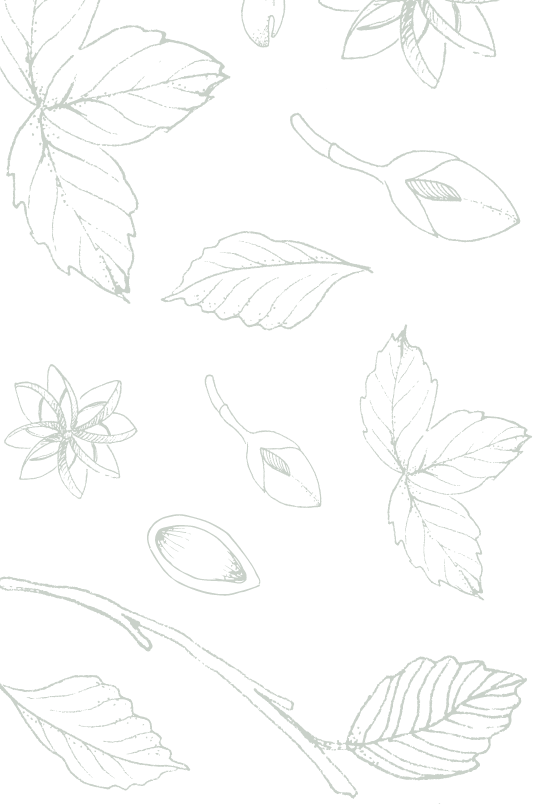
The Spice People FAQs


The Spice People FAQs
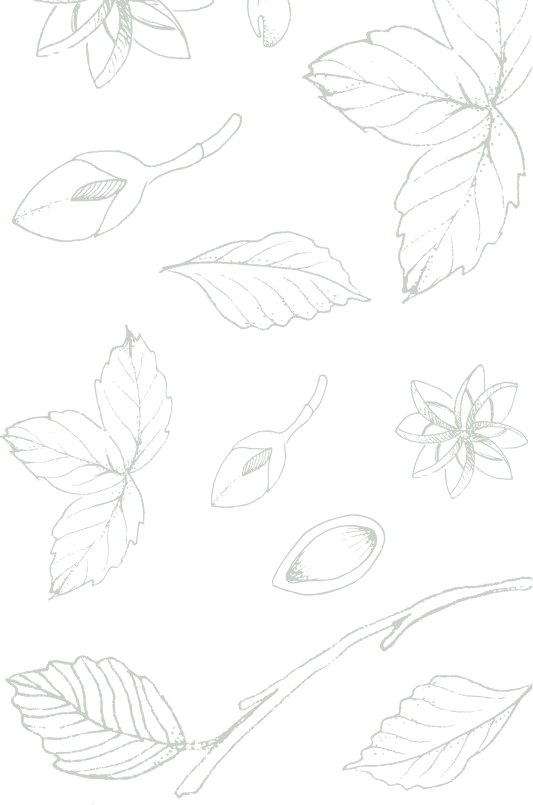
Other Spices you may like
Featured in



Join the Spice People to Get Started on Your Culinary Spice Journey!
Be the first to hear about our exclusive promotions, new product releases, recipes and more.






